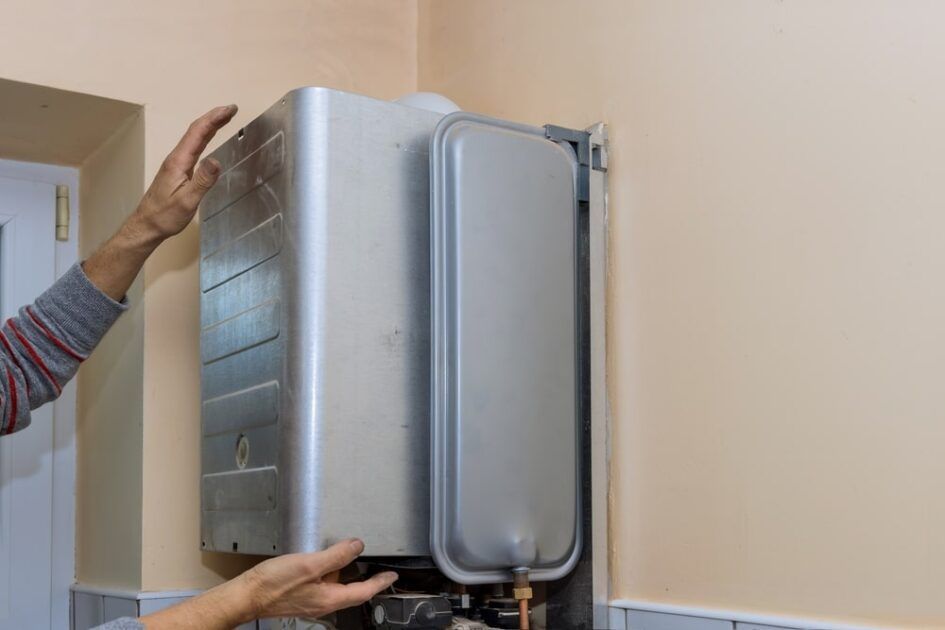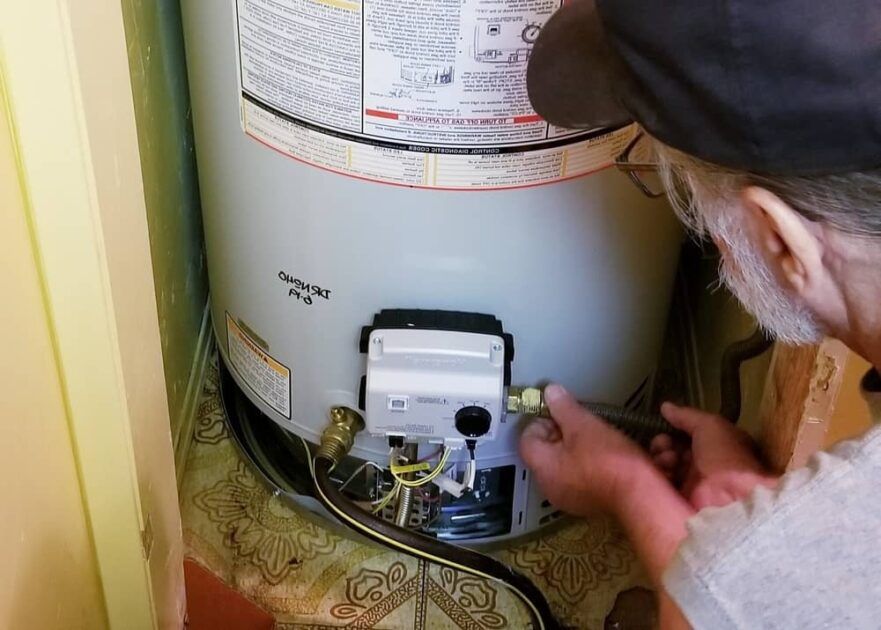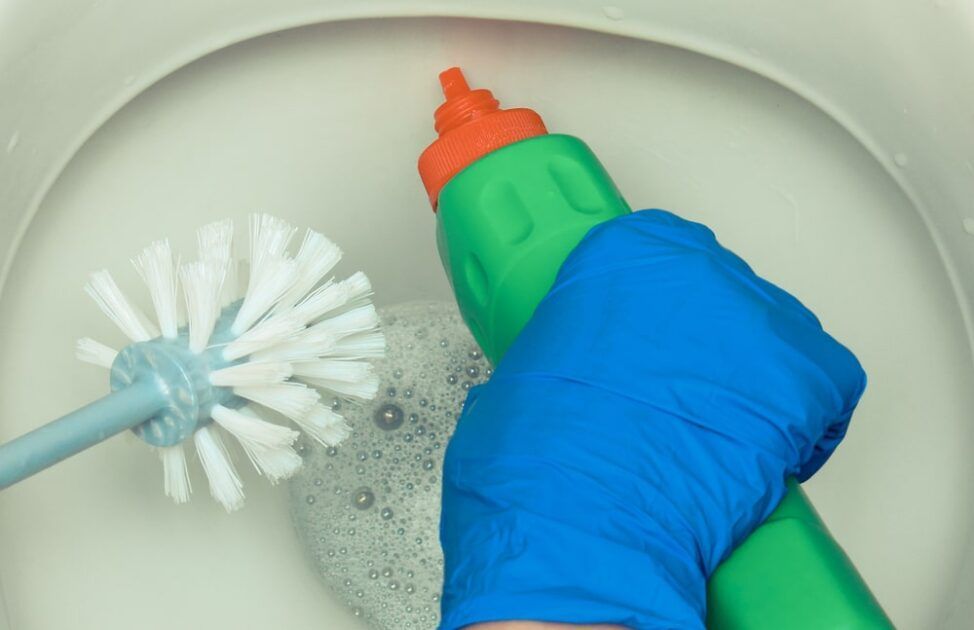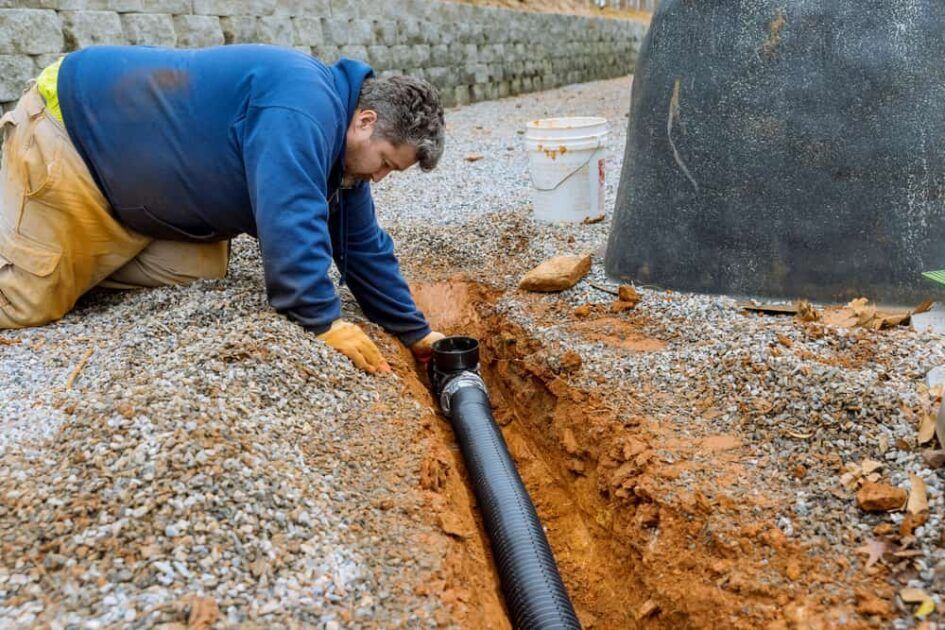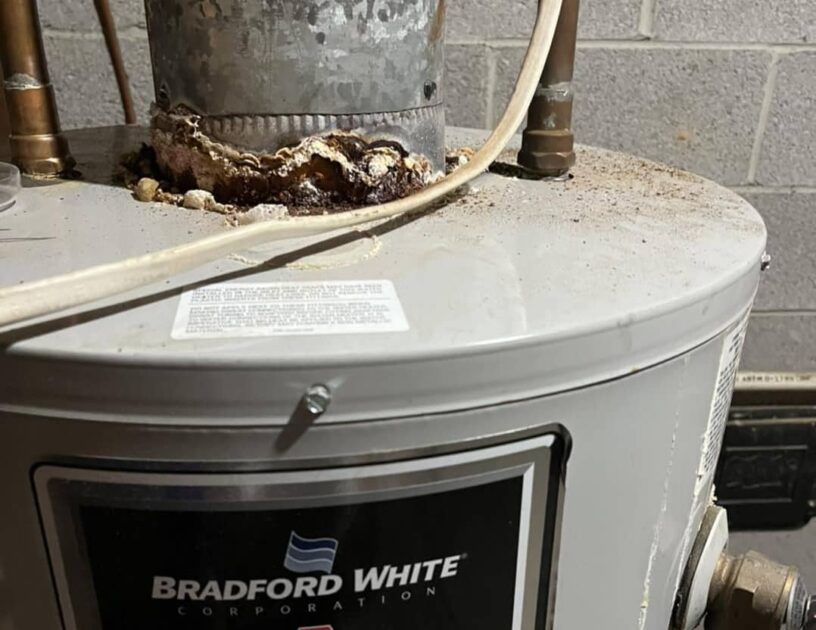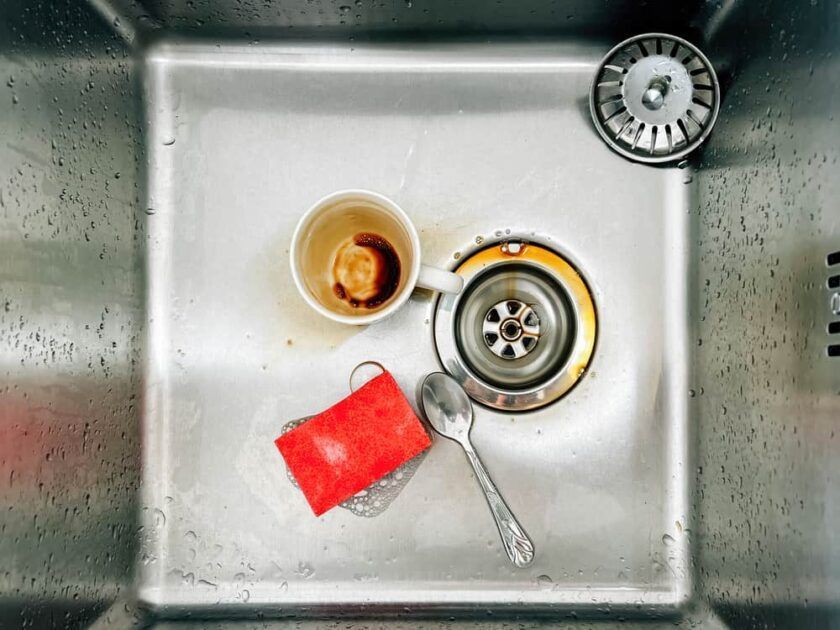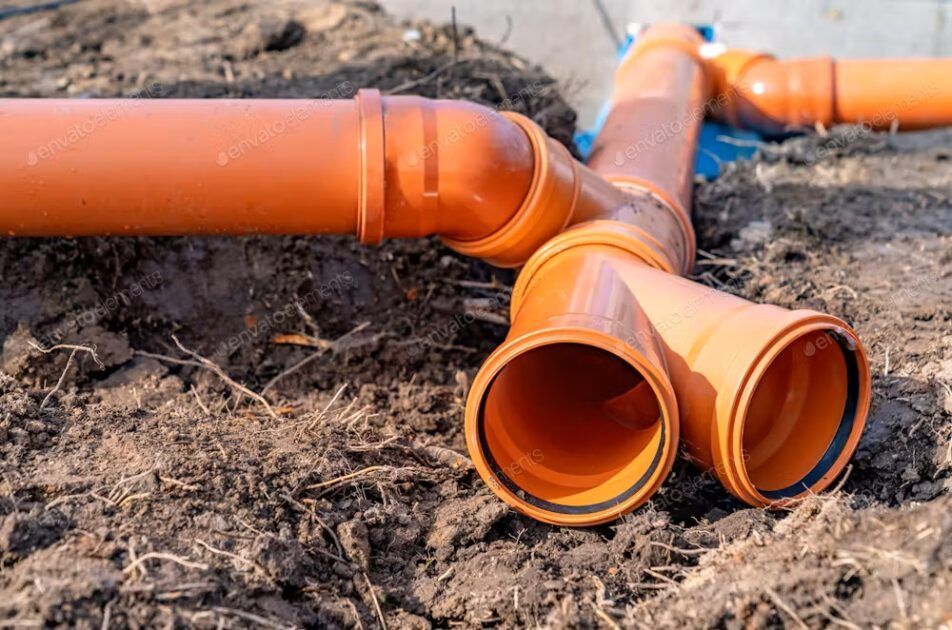Frozen Sewer Lines? Classic Signs and What You Can Do Whilst the Pros Arrive
Dealing with a frozen sewer line can be a chilly challenge for homeowners, especially during the winter months. When temperatures drop, the risk of encountering a frozen sewer line, and potentially a cracked sewer pipe , increases significantly.
In this blog, we’ll explore the classic signs that your sewer line might be frozen, discuss the symptoms, and provide practical tips on what you can do before the professionals arrive. Let’s dive into the frosty world of frozen sewer lines and how to thaw them effectively.
Recognizing the Signs of Frozen Sewer Pipe
Slow Draining Fixtures
One of the classic signs of a frozen sewer line is slow drainage from various fixtures in your home. If you notice that water is taking longer than usual to drain from sinks, bathtubs, etc., it could indicate a blockage in the sewer line caused by freezing.
Unpleasant Odors
A frozen sewer line may lead to unpleasant odors emanating from your drains. The trapped sewage can produce a foul smell that is hard to ignore. If your home suddenly smells like a sewer, it’s time to investigate the possibility of a frozen sewer pipe.
Gurgling Sounds
Listen closely to your plumbing system. Gurgling sounds coming from drains and toilets could be a sign of a frozen sewer vent. The trapped air due to the blockage creates these unusual noises, indicating that your sewer line might be in trouble.
Backups in Multiple Fixtures
If you experience backups in multiple fixtures simultaneously, such as toilets and sinks, it’s a strong indication of a frozen sewer line. The blockage prevents wastewater from flowing freely, leading to backups throughout your plumbing system.
Similarly Read More About: The Effectiveness of Root Destroyers for Managing Tree Roots in Sewer Lines
Frozen Sewer Line Symptoms
Understanding the symptoms associated with a frozen sewer can help you take prompt action.
Ice Accumulation in the Sewer Vent
Inspect the roof of your house for any signs of ice accumulation around the sewer vent. If the vent is frozen, it restricts the release of sewer gasses, contributing to slow drainage and unpleasant odors inside your home.
Visible Frost on Sewer Pipes
In extreme cases, you may observe visible frost on the exterior of sewer pipes. This is a clear indicator that the sewer line is frozen. Take caution when examining outdoor pipes in cold weather to avoid injury.
What to Do While Waiting for the Pros
Thinking of “how to thaw frozen sewer lines?”, here is the answer:
Thawing the Frozen Sewer Line
Before sewer line repair professionals arrive, there are a few steps you can take to begin thawing a frozen sewer line. Use Warm Water: Gently pour warm water down the affected drains. This can help melt the ice and restore proper water flow. Hot Towels: Wrap hot towels around exposed pipes to gradually thaw the ice. Be cautious and avoid using boiling water, as it may damage the pipes.
Applying Heat to Frozen Sewer Vent
If the house sewer vent is frozen, carefully apply heat to the affected potion using a hairdryer. Make sure to keep the dryer at a safe distance and avoid using open flames, as they can pose a fire hazard. By applying heat, you can expedite the thawing process and restore proper ventilation.
Preventing Future Freezing
To prevent your sewer lines from freezing again in the future, consider implementing preventive measures. Insulate Exposed Pipes: Insulate any exposed sewer pipes using foam pipe insulation. This aids in maintaining a more consistent temperature, reducing the risk of freezing. Seal Gaps and Cracks: Seal any gaps or cracks in your home’s foundation to prevent cold air from reaching the pipes. This simple step can go a long way in safeguarding your plumbing.
How to Thaw a Frozen Sewer Line Safely
Use a Heat Lamp or Space Heater
For a more controlled approach, use a heat lamp or space heater in areas where the sewer line is suspected to be frozen. Ensure proper ventilation and follow safety guidelines to avoid fire hazards. Keep in mind that patience is crucial during the thawing process.
Consult a Professional Plumber
While the aforementioned DIY methods can be effective in some cases, it’s essential to recognize when it’s time to call in the professionals. A licensed plumbing company has the expertise and equipment to assess the situation accurately and implement safe and effective thawing methods.
Avoid Using Chemical Drain Cleaners
Do not use chemical drain cleaners to thaw a frozen sewer line. These harsh chemicals can ruin your pipes and may not effectively address the underlying ice blockage. Opt for safer, more controlled thawing methods to prevent further complications.
A Closing Note on Frozen Sewer Lines
Dealing with a frozen sewer line requires a combination of vigilance and proactive measures. By recognizing the classic signs, understanding the symptoms, and taking immediate action, you can alleviate the impact of a frozen sewer line on your home. Remember to exercise caution when attempting DIY thawing methods and prioritize safety. If in doubt, always consult with a pro plumber to ensure a thorough as well as effective resolution. Stay warm, stay informed, and keep your plumbing flowing smoothly, even in the coldest weather.
If you find yourself facing the challenge of a frozen sewer line in Southern Illinois, look no further than Rooter-Man for expert sewer line repair assistance. Our seasoned professionals understand the unique plumbing needs of the region and are well-equipped to tackle frozen sewer lines with efficiency and precision. Whether you’re experiencing slow drainage, unpleasant odors, or backups in multiple fixtures, Rooter-Man is ready to provide a swift and effective solution.
The post Frozen Sewer Lines? Classic Signs and What You Can Do Whilst the Pros Arrive appeared first on Rooter-Man Plumbers.


